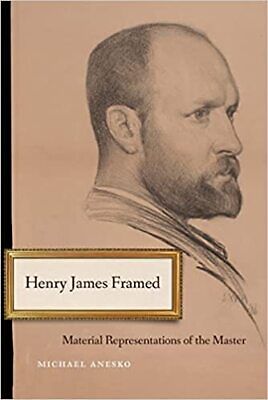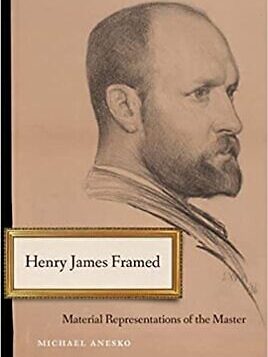 HENRY JAMES FRAMED
HENRY JAMES FRAMED
Material Representations of the Master
by Michael Anesko
Univ. of Nebraska. 224 pages, $60.
HENRY JAMES believed both the novelist and the painter should “compete with life.” James competed by delineating the ways in which ruthless psychological and social forces determined the fate of his characters, an insight that permanently secures his place as a major American novelist. Studies of James can be as daunting as his own late novels. This book is an exception. Michael Anesko has dedicated a prodigious amount of scholarship to produce an accessible, highly entertaining account of the 24 times that James sat for his portrait. He tells the story behind each occasion, describes the results in nontechnical language, and traces the provenance of each work. This is a book for anyone interested in Henry James and cultural objects associated with him.
James sat for his first portrait in 1877, when he was 21 years old. The artist was John La Farge, whom Henry and his brother William met in an art class. Near the end of his life, James would recall the summer afternoons he sat for LaFarge as “insistently romantic.” For his part, LaFarge recognized that Henry had more talent with the pen than the brush and told him so. Befitting the youth of both subject and artist, the portrait is the most sensuous of all the representations of James.
What Anesko calls the “Queer Provenance” of the painting makes for a great story about a married heir to the Singer sewing machine fortune and his closeted relationships with two young men. One, a sculptor whose work was decidedly homoerotic, resembles Hendrik Andersen, the young sculptor with whom James became romantically involved when he was almost sixty. Andersen produced an uninspired bronze bust of James in 1907 that still resides in the dining room of Lamb House, James’ residence in Rye in East Sussex, England, now part of the National Trust. When they were discovered in the 1950s, James’ letters to Andersen provided convincing evidence of his attraction to young men—so convincing that twenty years earlier the James family had tried to suppress them.
Daniel Burr, a frequent G&LR contributor, resides in Covington, Kentucky.





